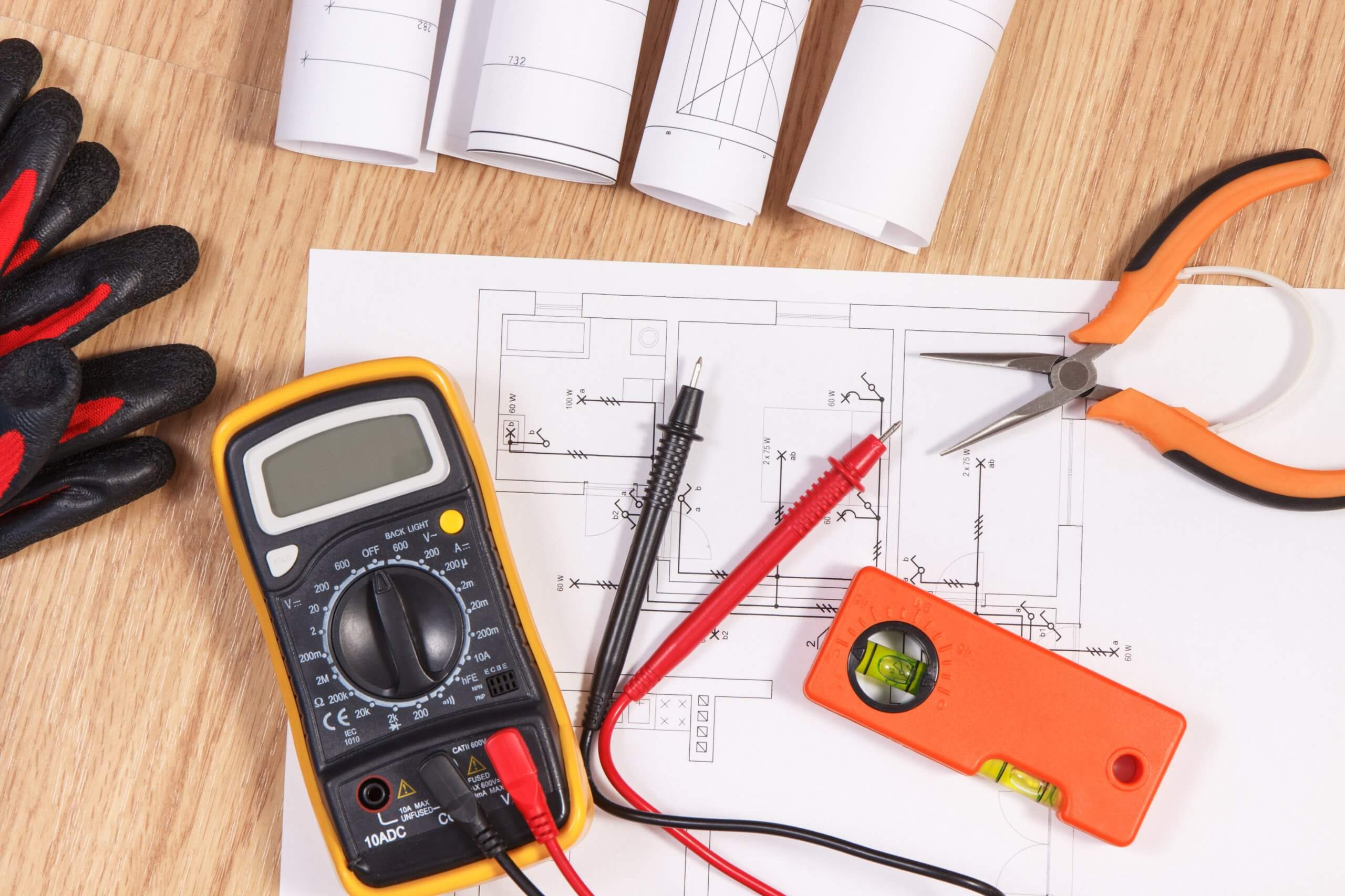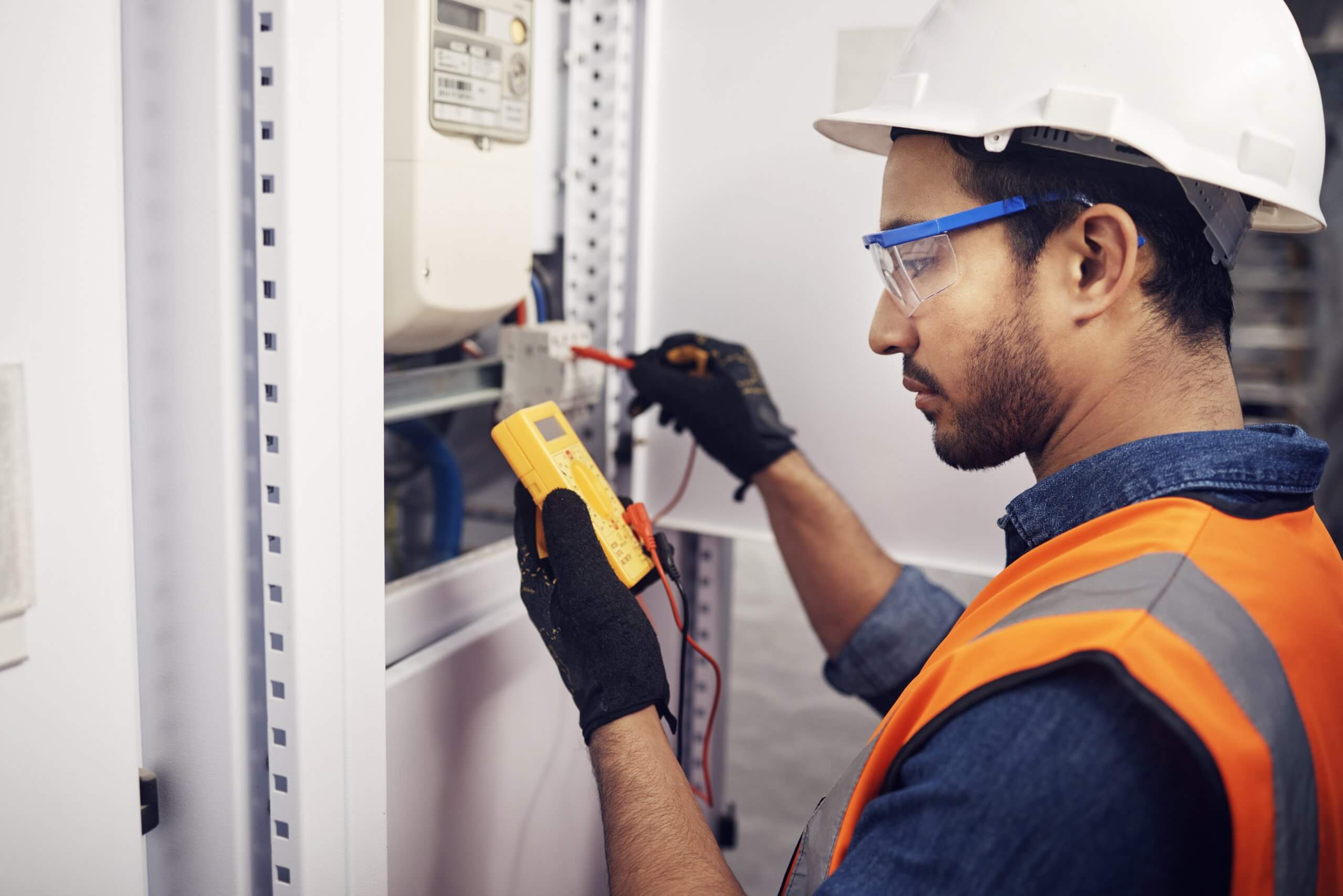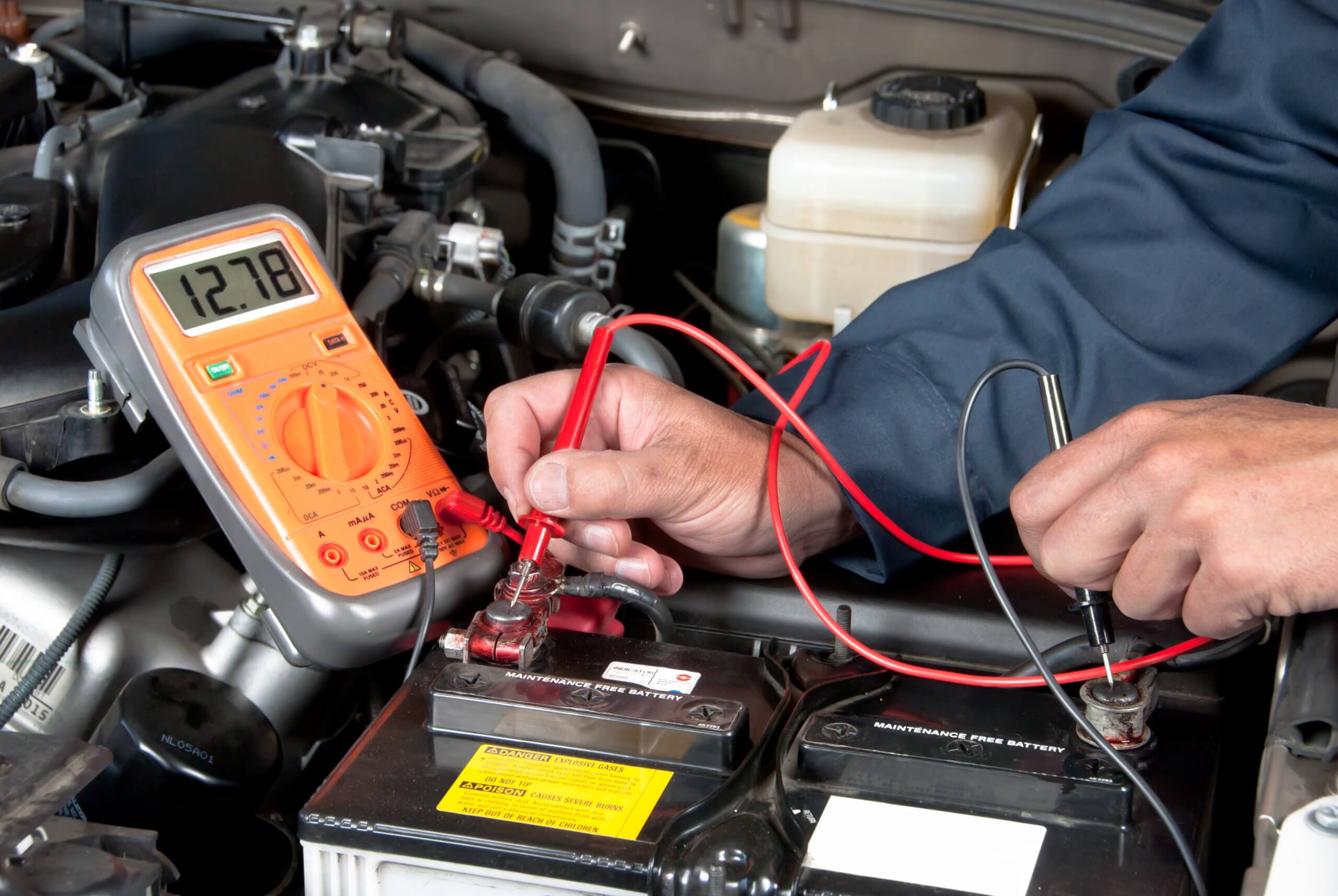
PAT Testing Requirements in the UK are regulations that aim to ensure the safety of electrical equipment used in workplaces, public places, and households. PAT stands for Portable Appliance Testing, and it involves a series of tests that check if electrical appliances are safe to use and that they comply with the relevant safety standards. The regulations apply to all types of electrical equipment, including computers, printers, kettles, and power tools.
The PAT testing requirements in the UK are set out in the Health and Safety at Work Act 1974, the Electricity at Work Regulations 1989, and the Provision and Use of Work Equipment Regulations 1998. The regulations require that all electrical equipment is maintained in a safe condition and that it is inspected and tested regularly to ensure that it is safe to use. The frequency of the testing depends on the type of equipment, the environment in which it is used, and the level of risk associated with its use.
What is PAT Testing?

PAT Testing, or Portable Appliance Testing, is a process of checking electrical equipment for safety. It is a crucial procedure that ensures the safety of individuals and property. The process involves a series of visual inspections and electrical tests to ensure that the equipment is safe to use.
The Purpose of PAT Testing
The primary purpose of PAT Testing is to ensure that electrical equipment is safe to use. It helps to identify any potential hazards that could cause harm to individuals or property. The process involves checking the equipment for any visible signs of damage, such as frayed wires or broken plugs. It also involves electrical testing to ensure that the equipment is functioning correctly and is not a risk to users.
Who Needs to Perform PAT Testing?
PAT Testing is required by law for all employers, landlords, and business owners. It is their responsibility to ensure that all electrical equipment used on their premises is safe to use. This includes equipment such as computers, printers, kettles, and other appliances.
The Legal Requirements for PAT Testing in the UK
The UK has specific legal requirements for PAT Testing. The Health and Safety at Work Act 1974 states that employers have a duty of care to ensure the safety of their employees. The Electricity at Work Regulations 1989 require that all electrical equipment is maintained and tested regularly to ensure its safety.
The frequency of PAT Testing depends on the type of equipment and how often it is used. The Health and Safety Executive (HSE) recommends that equipment used in a harsh environment, such as a construction site, should be tested more frequently than equipment used in an office environment. The HSE also recommends that equipment used by the public, such as in a hotel or leisure centre, should be tested more frequently than equipment used in a private home.
In conclusion, PAT Testing is a crucial process that ensures the safety of individuals and property. It is required by law for all employers, landlords, and business owners in the UK. The frequency of PAT Testing depends on the type of equipment and how often it is used.
How to Perform PAT Testing

Performing PAT (Portable Appliance Testing) is a crucial process to ensure the safety of electrical equipment. Here are the steps to follow to perform PAT testing:
The Testing Process
- Visual Inspection: Check the appliance for any visible damage or defects. This includes checking for frayed cables, loose connections, and other signs of wear and tear.
- Electrical Tests: Use a PAT testing device to perform various electrical tests, such as earth continuity, insulation resistance, and polarity checks.
- Record Keeping: Keep a record of the test results, including the date of testing, the appliance’s identification number, and any necessary repairs or actions taken.
PAT Testing Equipment
To perform PAT testing, you will need the following equipment:
- PAT Testing Device: This device performs various electrical tests on the appliance.
- Labels: These labels are used to indicate that the appliance has been tested and when the next test is due.
- Extension Lead Adaptor: This adaptor allows for testing of extension leads.
- Socket Tester: This device checks the wiring of the socket to ensure it is safe to use.
Frequency of Testing
The frequency of PAT testing depends on the type of equipment and the environment in which it is used. Here are some general guidelines:
- Equipment used in a harsh environment, such as construction sites, should be tested more frequently, usually every three months.
- Office equipment, such as computers and printers, should be tested annually.
- Equipment used by the public, such as in a hotel or gym, should be tested every six months.
It is important to note that these are general guidelines, and the frequency of testing should be determined by a risk assessment.
Performing PAT testing is a crucial process to ensure the safety of electrical equipment. By following the steps outlined above, you can ensure that your equipment is safe to use and compliant with regulations.
What Happens After PAT Testing?

After a PAT test has been carried out, it is important to understand what happens next. This section will explore the two main outcomes of PAT testing: PAT testing reports and PAT testing certificates.
PAT Testing Reports
A PAT testing report is a document that outlines the results of the PAT test. It provides an overview of the electrical appliances that were tested, the outcome of each test, and any remedial action that was taken. The report will also include details of the person who carried out the test and the date it was conducted.
PAT testing reports are important documents that can be used to demonstrate compliance with health and safety regulations. They provide evidence that electrical appliances have been tested and are safe to use. They can also be used to identify any potential issues with electrical appliances, allowing them to be repaired or replaced before they become a hazard.
PAT Testing Certificates
A PAT testing certificate is a document that confirms that electrical appliances have been tested and are safe to use. It is issued by a qualified PAT tester after a successful PAT test has been carried out. The certificate will include details of the electrical appliances that were tested, the outcome of each test, and any remedial action that was taken.
PAT testing certificates are important documents that can be used to demonstrate compliance with health and safety regulations. They provide evidence that electrical appliances have been tested and are safe to use. They can also be used to demonstrate due diligence in the event of an accident or incident involving electrical appliances.
In conclusion, after a PAT test has been carried out, the two main outcomes are PAT testing reports and PAT testing certificates. These documents are important for demonstrating compliance with health and safety regulations and ensuring that electrical appliances are safe to use.
Conclusion
In conclusion, PAT testing is an essential aspect of maintaining electrical safety in the UK. Failure to comply with PAT testing requirements can lead to serious consequences, including fines, legal action, and even injury or death.
By understanding the legal requirements for PAT testing, individuals and businesses can ensure that their electrical equipment is safe to use and compliant with regulations. This includes regular inspections and testing, keeping accurate records, and addressing any issues promptly.
It is important to note that PAT testing is not a one-time event, but rather an ongoing process that requires regular attention and maintenance. By staying up-to-date with the latest regulations and best practices, individuals and businesses can ensure the safety of themselves and others.
Overall, PAT testing is a crucial component of electrical safety in the UK. By taking the necessary steps to comply with regulations and maintain equipment properly, individuals and businesses can protect themselves and others from potential harm.
John Richardson
Related posts
Stay connected
Today's pick
- Things to Remember While Designing Your Custom Modular Kitchen in GurgaonGurgaon now known as Gurugram is the second largest city in the state of Haryana and is a reflectiossn of an ideal modern city with futuristic goals. Witnessing rapid urbanization, it has also emerged as a hub for contemporary homes, with homeowners seeking innovative and... The post Things to Remember While Designing Your Custom Modular […]

